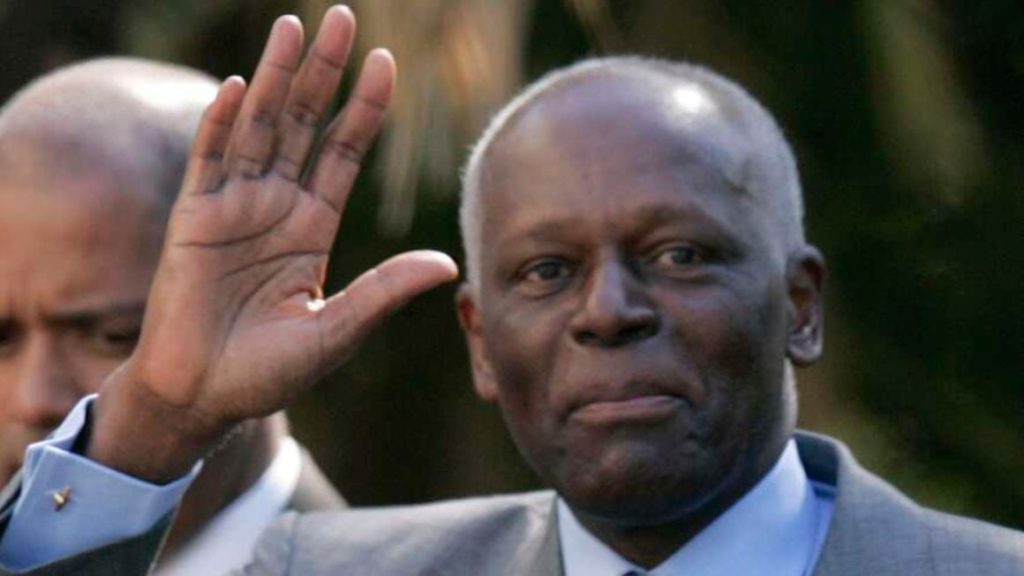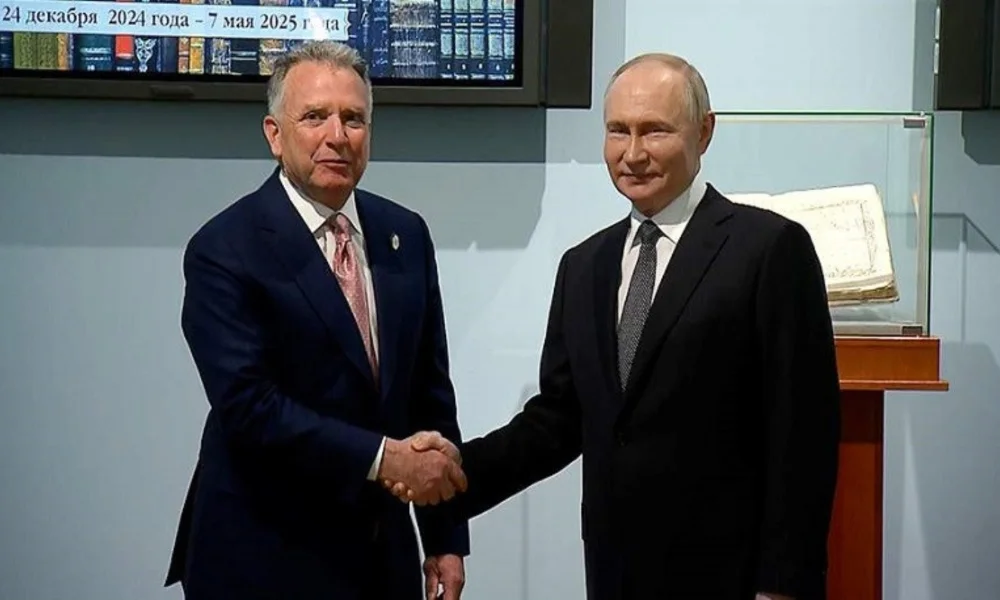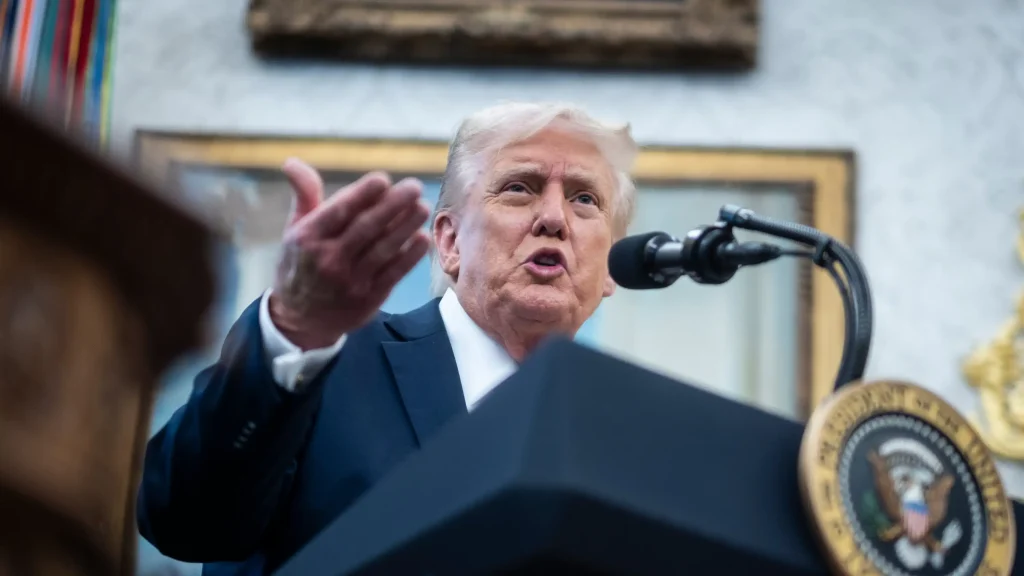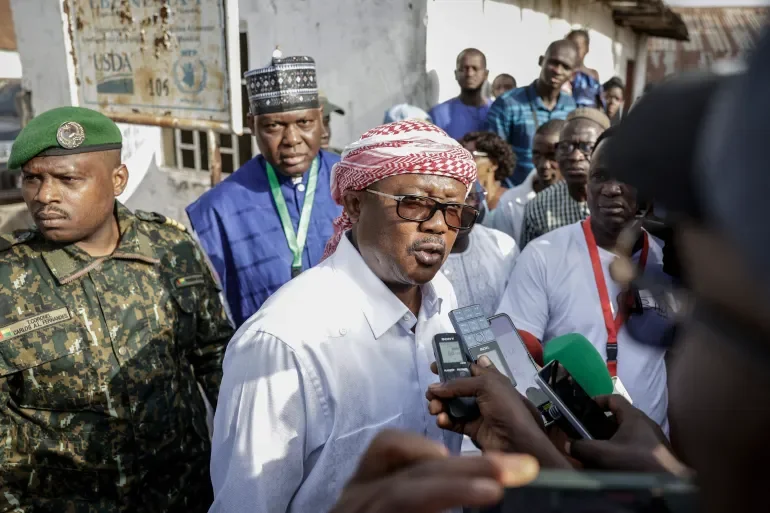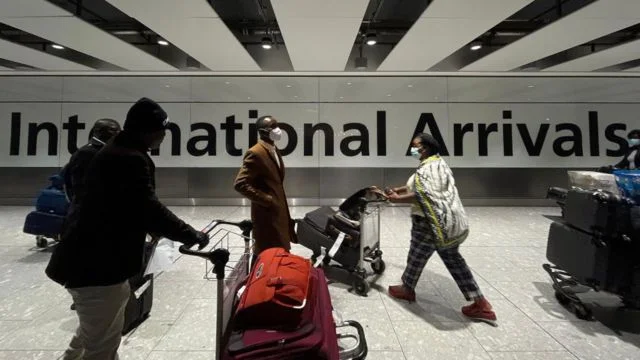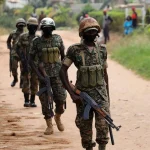José Eduardo dos Santos, widely known as JES, was once revered as the architect of peace in Angola, credited with bringing stability to a nation long ravaged by civil war. However, by the time his death was announced on Friday, July 8, 2022, at 11:10 AM Spanish time, much of the public admiration he once enjoyed had diminished. He passed away at the age of 79, having been in a Barcelona hospital for several weeks due to illness, including respiratory and cancer complications.
In his early years, Dos Santos was celebrated as a respected statesman. But after leaving office in 2017, his legacy became tainted by scandals and controversies. His departure marked the beginning of legal inquiries into the widespread corruption that characterized his tenure. The former president eventually left Angola in 2019, seeking medical treatment in Spain, where he spent the remainder of his life.
President João Lourenço, his successor and former ally, expressed his sorrow over Dos Santos’ passing, describing him as a leader who governed with humanity and had the nation’s well-being at heart. Lourenço’s tribute, however, did not delve into the causes of Dos Santos’ death, focusing instead on his years of service to Angola.
Despite his earlier achievements, Dos Santos’ final years were overshadowed by accusations of corruption involving his family and associates. His daughter Isabel, once a prominent businesswoman, became the face of a corruption scandal that implicated the former president’s family in amassing vast wealth during his 38 years in power. Several of Dos Santos’ allies were dismissed from government positions as part of Lourenço’s anti-corruption drive, further tarnishing his legacy.
Dos Santos’ presidency, which began in 1979, left an indelible mark on Angola. His rise to power came after years of involvement with the People’s Movement for the Liberation of Angola (MPLA). Born in Luanda on August 28, 1942, Dos Santos joined the MPLA in 1958 and became a key figure in the armed struggle for Angola’s independence from Portugal. After studying in the Soviet Union, where he earned a degree in Oil and Gas Engineering, he held several significant roles within the MPLA before becoming the country’s president following the death of Agostinho Neto in 1979.
During his presidency, Dos Santos oversaw Angola’s turbulent post-independence period, which was marred by civil war and regional conflicts. In the 1980s and 1990s, he played a central role in negotiations that led to the withdrawal of South African and Cuban forces from Angola and the independence of Namibia. Though his administration succeeded in ending the civil war in 2002, the country’s infrastructure remained in shambles, with key sectors like education and health in decline, despite Angola’s status as one of Africa’s top oil producers.
On the family front, Dos Santos was married to Ana Paula dos Santos in 1991, following his divorce from Russian Tatiana Kukanova, with whom he had his first daughter, Isabel. He fathered several children, some of whom later became embroiled in legal battles tied to his regime’s financial dealings. In his final years, Dos Santos spent little time in Angola, only returning on occasion.
One of the key highlights of Dos Santos’ leadership was his role in ending the civil war with UNITA (National Union for the Total Independence of Angola), which lasted until 2002. The war’s conclusion came after the death of UNITA’s leader Jonas Savimbi, a moment that marked the beginning of a fragile peace in the country. Dos Santos earned the nickname “the peace architect” for his role in negotiating the end of the conflict.
However, the peace he helped forge came at a cost. The MPLA, under his leadership, continued to dominate Angolan politics, and allegations of corruption, nepotism, and human rights abuses marred his government. Many Angolans felt the benefits of the country’s oil wealth never trickled down to the population, leading to widespread poverty and inadequate public services.
In 2017, after nearly four decades in power, Dos Santos stepped down, paving the way for João Lourenço to take office. Lourenço, who
José Eduardo dos Santos, often known as JES, was once hailed as the architect of peace in Angola, credited with stabilizing the country after years of civil war. However, by the time his death was announced on July 8, at 11:10 AM Spanish time, many of his former supporters had distanced themselves from him. He passed away at the age of 79.
Though he was once revered as a statesman, his reputation had become tarnished with scandals and controversies that surfaced following his departure from office in 2017. Having been hospitalized in Barcelona for weeks, the Angolan government initially assured the public that he was in stable condition, although his health struggles had been ongoing.
On the day of his death, President João Lourenço expressed the nation’s grief, calling Dos Santos “a statesman of great historical importance.” Lourenço described him as a leader who governed with compassion, always considering the fate of Angolans during difficult times. While the official cause of death was not revealed, Dos Santos had been dealing with respiratory issues and complications from cancer. He passed away at the Teknon Medical Centre in Barcelona.
Dos Santos’ death, although not unexpected, occurred far from the country he had once dominated and ruled with near-total control. Having stepped down from power in 2017 after a 38-year reign, he handed leadership to his ally, João Lourenço. However, Lourenço’s administration soon initiated investigations into corruption allegations surrounding Dos Santos, leading to his departure from Angola in April 2019, officially for medical treatment.
Dos Santos spent the remainder of his life in Spain, only returning to Angola sporadically. His time in office left a lasting impression on many Angolans. Despite Angola being the second-largest oil producer in Africa, following Nigeria, key sectors like health and education were in disarray when he left power, prompting many to believe that even Dos Santos had to seek medical care abroad due to the country’s faltering infrastructure.
Early Life and Rise to Power
José Eduardo dos Santos was born on August 28, 1942, in Luanda’s Sambizanga district, though some opposition figures claim he was born in São Tomé and Príncipe, moving to Angola during his early childhood. He made history by becoming the country’s president at just 37, a role he held for nearly four decades—from September 21, 1979, to September 26, 2017—during which he also served as the Commander-in-Chief of the Angolan Armed Forces.
After completing primary and secondary education at Luanda’s Liceu Salvador Correia, Dos Santos joined the People’s Movement for the Liberation of Angola (MPLA) in 1958 and became involved in clandestine political groups opposing colonialism. In 1962, he joined the MPLA’s armed wing and was appointed the party’s first representative in Congo Brazzaville in 1963. That same year, he traveled to the Soviet Union to study oil and gas at the Baku Institute, now located in Azerbaijan, where he graduated in 1969. During his time in the Soviet Union, Dos Santos also studied military telecommunications and started a family, welcoming his daughter Isabel with a Soviet woman.
As Angola gained independence from Portugal on November 11, 1975, Dos Santos rapidly rose through the political ranks, eventually being appointed Minister of Foreign Affairs by then-President Agostinho Neto. Following Neto’s death in 1979, Dos Santos was elected president of Angola and leader of the MPLA, assuming command of the country’s military forces.
Legacy of Leadership
During his presidency, Dos Santos played a significant role in international diplomacy, particularly in resolving tensions between Angola and South Africa. From 1986 to 1992, he was instrumental in facilitating the withdrawal of Cuban troops from Angola, the independence of Namibia, and the retreat of South African forces from Angolan territory.
On the home front, Dos Santos’ tenure was defined by both civil war and peacebuilding efforts. Despite Angola’s attempts at multiparty elections in 1992, the results were contested by UNITA leader Jonas Savimbi, leading to a return to conflict that lasted until Savimbi’s death in 2002. Dos Santos earned the moniker of “peace architect” for his role in negotiating an end to the war, which had claimed the lives of half a million people and displaced millions more.
In addition to brokering peace with UNITA, Dos Santos’ government signed a Memorandum of Understanding for Peace and Reconciliation with the rebel group Front for the Liberation of the Enclave of Cabinda (FLEC) in 2006, ending decades of conflict in Cabinda, Angola’s oil-rich province. However, critics argue that the peace achieved under his rule came at a great cost, as the country’s wealth remained concentrated in the hands of a few.
Family Life and Controversies
Dos Santos’ family played an influential role in Angolan politics and business during his time in power. His eldest daughter, Isabel, became Africa’s richest woman, but her wealth was tied to allegations of corruption and state looting. Investigations, including the Luanda Leaks in 2020, exposed how Isabel had benefited from lucrative deals in oil, diamonds, and telecommunications, all while her father held power.
In the aftermath of Dos Santos’ retirement, the anti-corruption drive led by his successor Lourenço implicated several of his allies and family members, accusing them of embezzling state funds. Notably, his son José Filomeno dos Santos was sentenced to five years in prison for his involvement in mismanaging Angola’s sovereign wealth fund.
Despite these controversies, Dos Santos had a complex personal life. He married Ana Paula dos Santos in 1991, and together they had three children. He also fathered children with other partners, including Isabel’s mother, Tatiana Kukanova, a Russian woman he had met during his studies in the Soviet Union.
Final Years
After stepping down in 2017, Dos Santos lived quietly, rarely making public appearances. Although some reports suggest he was a shy figure, his legacy continued to stir public debate, especially as his family faced scrutiny over their vast wealth. At the time of his death, Dos Santos’ second wife, Ana Paula, was by his side.
As Angolans reflect on his life and leadership, José Eduardo dos Santos leaves behind a deeply divided legacy: a peace architect to some, yet a controversial figure whose time in power was marred by allegations of corruption and economic mismanagement.

